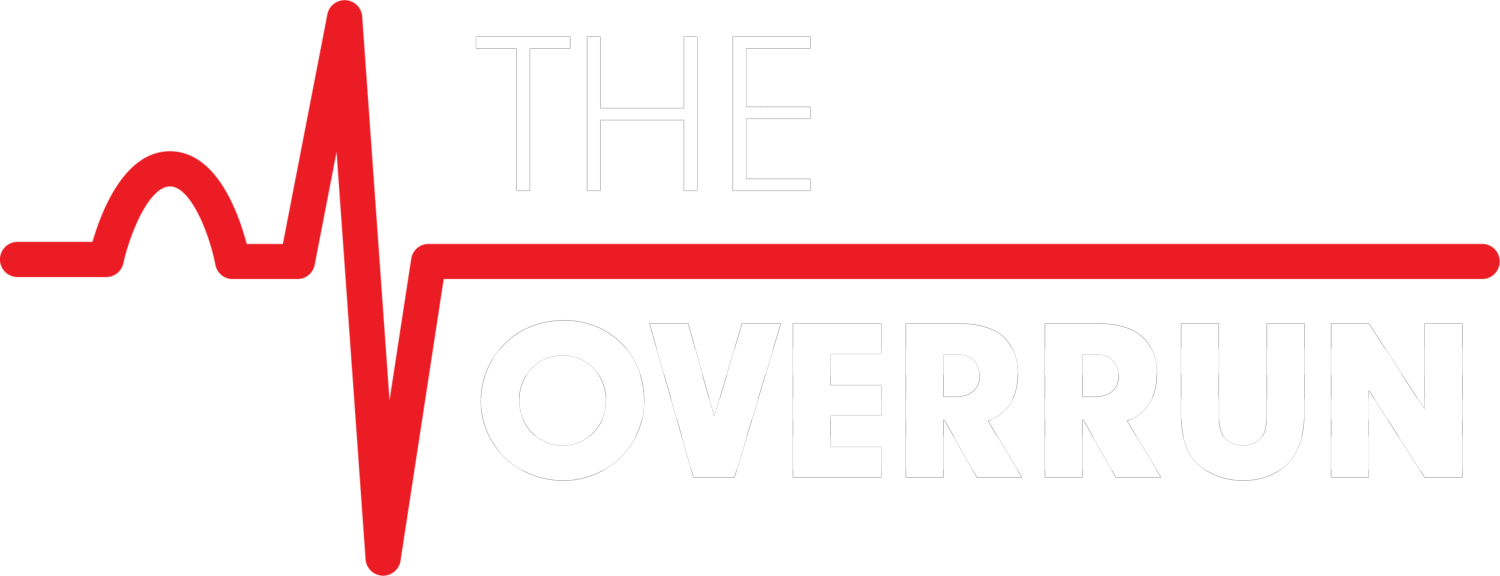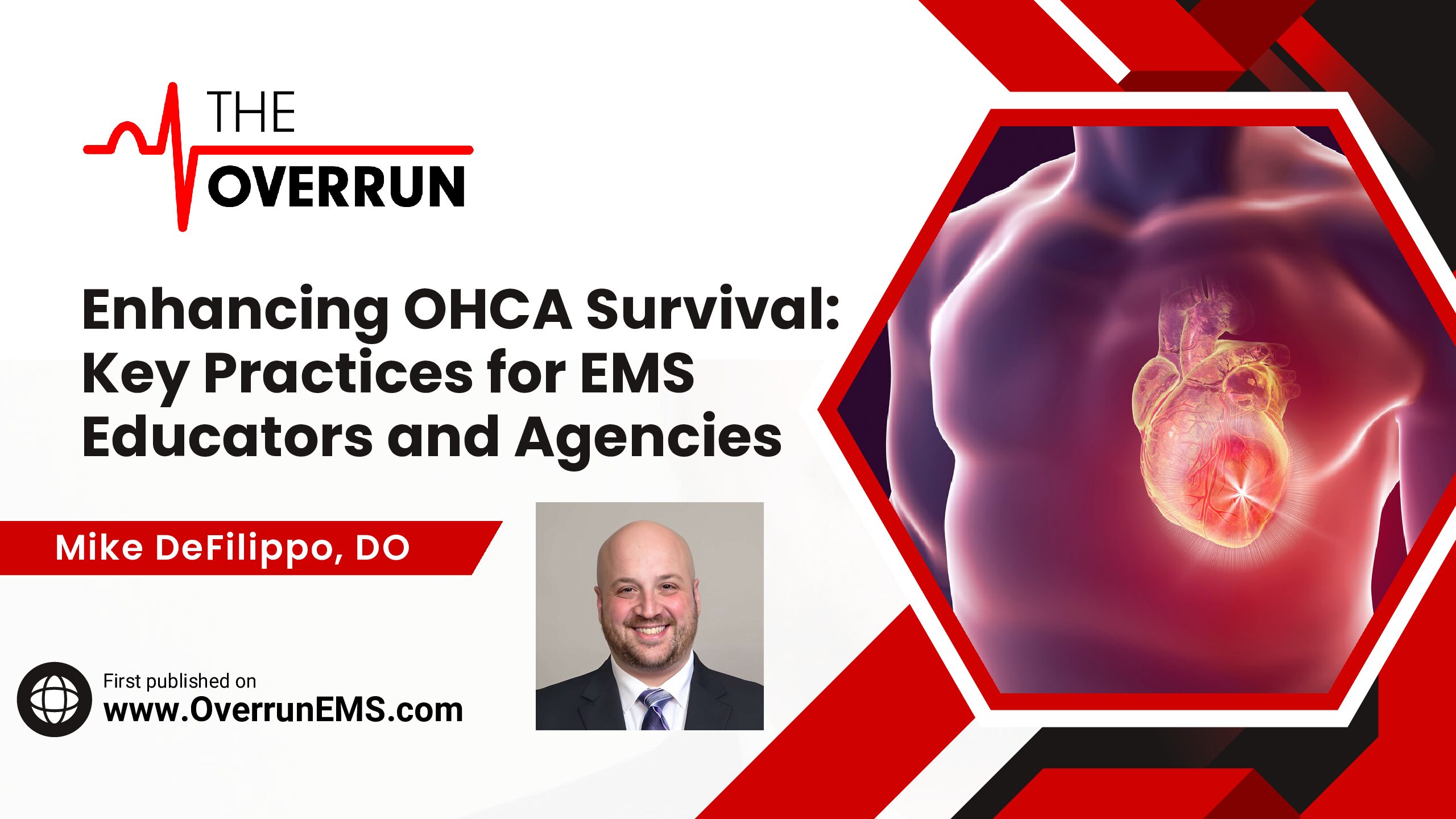Michael DeFilippo, DO
Medical Director, The Overrun
EMS Fellow, University of New Mexico
Out-of-hospital cardiac arrest (OHCA) is one of the most critical emergencies managed by EMS providers. Survival rates vary dramatically among agencies, ranging from as low as 1.8% to as high as 14.8%, underscoring the importance of specific EMS practices in improving outcomes. But what are those practices and what do agencies that have high survival rates do differently?

Emergency Medical Service Agency Practices and Cardiac Arrest Survival by Girotra et al published in JAMA Cardiology in June 2024 helped point towards an answer to this question! This cohort study evaluated nearly 500 EMS agencies across the United States, covering over 50% of the US population, to identify practices linked to improved survival and neurological outcomes in OHCA cases.
The study identified three key domains encompassing seven practices that were associated with improved outcomes:
- Training
- Simulation-Based Training: Medical simulation was a pivotal factor in achieving improved outcomes among EMS agencies. EMS agencies with higher survival rates of OHCA were more likely to use simulation to assess CPR competency of new staff, which provides a non-judgmental environment where patient safety isn’t at risk, and allows for errors or misjudgments to be corrected. Additionally, regular simulation training (once every 6 months) was shown to improve outcomes.
- Regular CPR Skills Assessments: Conducting CPR skill assessments at least twice a year was associated with higher rates of OHCA neurologically intact survival. Studies have shown CPR skill degradation after 3-to-6 months, and this helps to maintain proficiency and prevent skill degradation.
- Team-Based Scenario Simulations: Ongoing skills training utilizing multi-person team-based scenarios was linked to higher survival rates. These types of simulations help to improve team dynamics, communication, and the ability to function effectively under pressure.
- CPR
- Mechanical CPR Device Training: Annual training on mechanical CPR devices was associated with better outcomes in OHCA. Training helps to reduce lag time in placement of the device (a well-known issue is significant hands-off-chest time while the device is being placed by inexperienced operators), as well as ensuring proper use and placement.
- CPR Feedback Devices: The use of CPR feedback devices, which provide real-time guidance on the efficacy of CPR, is associated with better outcomes likely by ensuring compressions are performed correctly throughout the resuscitation.

- Transport
- Transport to Specialized Centers: Transporting OHCA patients (who likely achieved ROSC) to designated cardiac arrest or STEMI centers was associated with better outcomes; this likely is due to the specialized, multidisciplinary post-resuscitation care that these facilities can provide as opposed to other hospitals.
In addition to these key domains, the study found that EMS agencies that implemented multiple best practices (≥4 of the 7 identified) tended to have the highest survival rates. This suggests that a comprehensive approach, rather than focusing on one or two practices, is crucial for maximizing patient outcomes.
In summary, focusing on regular, high-quality training, CPR techniques and assessments, and strategic transport decisions, EMS educators can play a pivotal role in improving OHCA survival rates in their communities and amongst their agencies.

